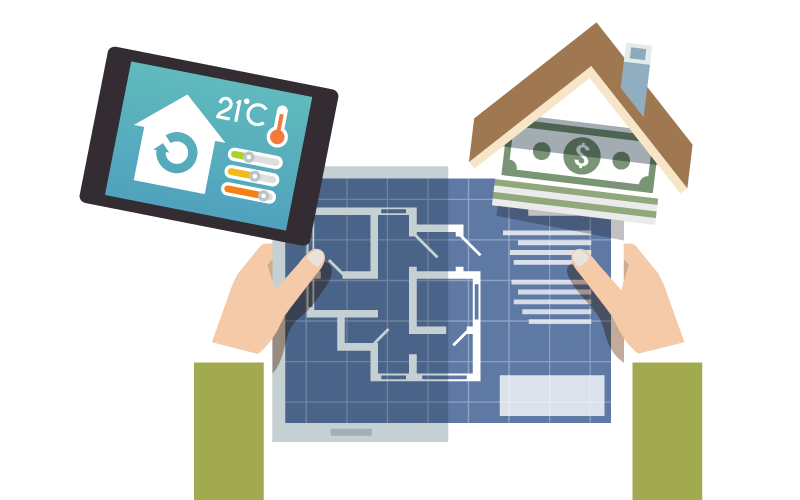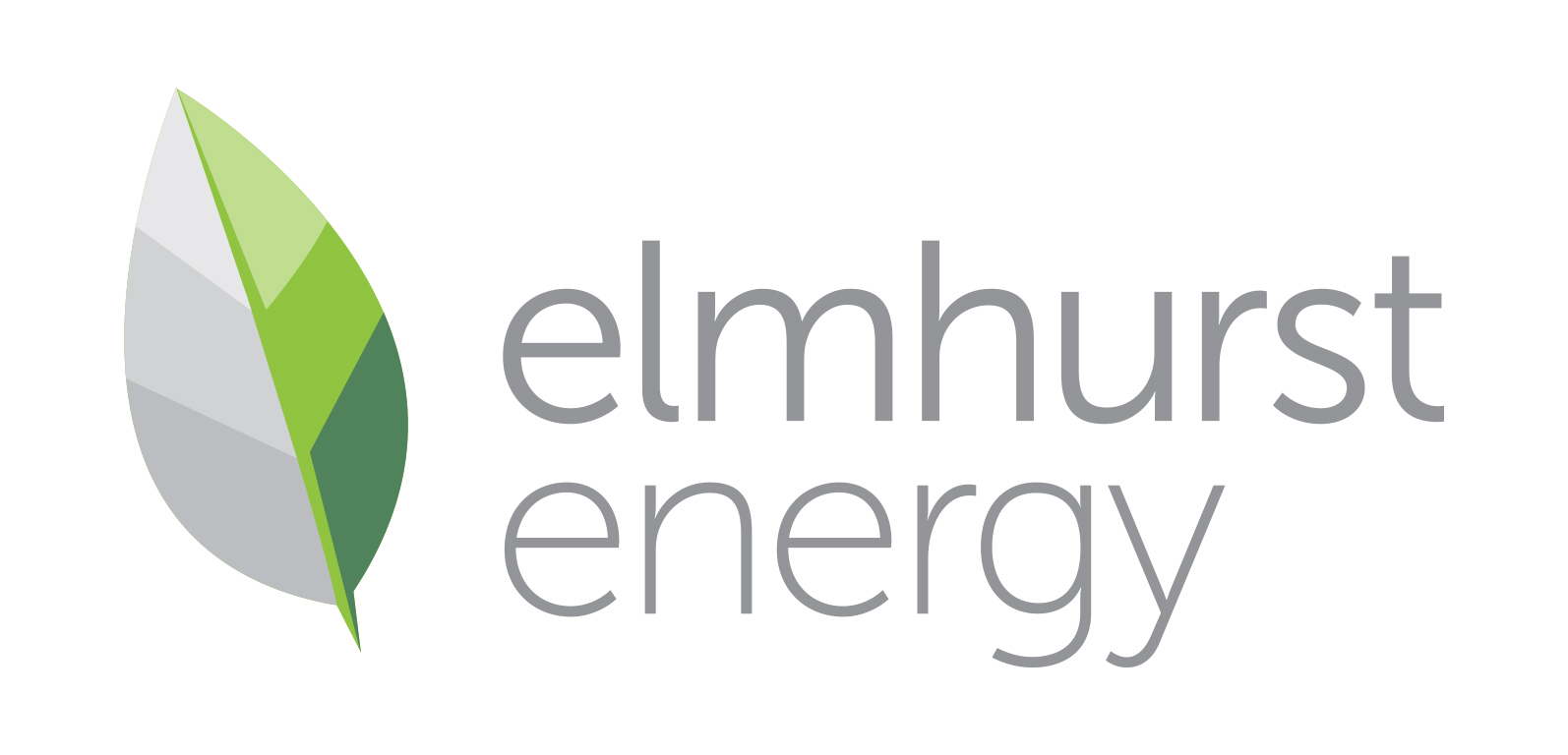Elmhurst and Passivhaus
From September 2018, Elmhurst Airtightness Testing Scheme (formerly iATS) became a member of the Passivhaus Trust which is an independent, non-profit organisation that provides leadership in the UK for the adoption of the Passivhaus standard and methodology.
The Trust itself aims to promote the principles of Passivhaus as a highly effective way of reducing energy use and carbon emissions from buildings in the UK, as well as providing high standards of comfort and building health.
With Elmhurst becoming a recognised member of the Passivhaus Trust and improvements made to the lodgement page, Elmhurst members can undertake air pressure testing under the Passivhaus standard.
Elmhurst registered testers will now have the option to show both building regulation results and Passivhaus results on one Elmhurst certificate, without the need to produce an additional report. This can be undertaken on the lodgement page, within the Elmhurst lodgement portal, by selecting the appropriate option for Passivhaus/low energy property.
Prior to any testing, familiarity with the Passivhaus standards and the calculation method remains essential as this differs to the standard methods used for UK Building Regulations compliance.



Passivhaus Methodology, n50 Air Tightness Tests
The Passivhaus methodology considers the volume of air which needs to be heated, therefore excluding building envelope internal walls and floors. It measures air infiltration and hence the heating energy cost of buildings.
To achieve the Passivhaus standard the results of the blower door air test must be less than or equal to 0.6 air changes per hour (ACH), when measured at a 50 pascal (the n50 measurement) pressure difference between the inside and outside of the building.
What is Passivhaus?
Passivhaus is an industry recognised international standard for low energy design. The standard is awarded to buildings which demonstrate reduced energy use and promote high standards of thermal comfort and improved air quality. This contributes to the governments carbon emission targets for the new build sector.
The exact definition of a Passivhaus is provided by the Passivhaus Institut (PHI) in Germany:
‘A Passivhaus is a building in which thermal comfort can be achieved solely by post-heating or post-cooling the fresh air flow required for a good indoor air quality, without the need for additional recirculation of air.’
So far, over 65,000 buildings have been designed, built and tested to this standard worldwide.
